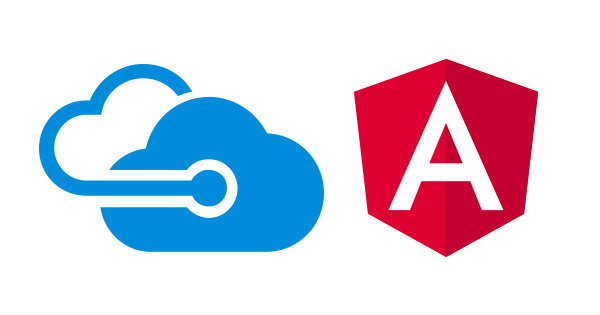Hello guys how are you? Welcome back on my blog Therichpost. Today in this post I am going to share How to Deploy Angular App on Azure SWA?
Angular 19 came. If you are new then you must check below two links:
Now guys here is the complete code snippet and please follow carefully:
Deploying an Angular app on Azure Static Web Apps (Azure SWA) is straightforward and involves the following steps:
1. Prepare Your Angular App
- Build the Application:
Run the following command in your Angular project directory to create a production build:
ng build --prod
This will generate a dist/ folder containing the build files.
- Ensure your
angular.jsonfile is properly configured:
- Verify the output directory is correct (
"outputPath": "dist/<your-project-name>"). - Make sure the base href matches your deployment path (use
/for root):bash ng build --prod --base-href /
2. Set Up Azure Static Web Apps
- Create a New Azure Static Web App:
- Go to the Azure Portal.
- Search for “Static Web Apps” and click Create.
- Configure the following:
- Subscription: Select your Azure subscription.
- Resource Group: Create or select an existing resource group.
- Name: Enter a unique name for your Static Web App.
- Region: Choose a region closest to your users.
- Deployment Source: Select your code source (e.g., GitHub, Azure DevOps, or local).
- Build Details: Specify the build settings for your Angular app.
3. Deploy via GitHub (Recommended)
- Connect to GitHub Repository:
- If using GitHub, authorize Azure to access your repositories.
- Select the repository containing your Angular app and the branch to deploy (e.g.,
main).
- Set Build Configuration:
- In the Build Details section, provide:
- App Location:
/(root of your Angular project). - Output Location:
dist/<your-project-name>(replace<your-project-name>with your actual Angular project’s name).
- App Location:
- Complete the Setup:
- Click Review + Create, then Create.
4. Deploy via Azure CLI
If deploying manually, follow these steps:
- Install the Azure CLI and log in:
az login
- Install the Azure Static Web Apps CLI extension:
az extension add --name staticwebapp
- Deploy your Angular build output:
az staticwebapp create \
--name <app-name> \
--resource-group <resource-group-name> \
--source dist/<your-project-name>
5. Configure Routes (if needed)
- In the root of your project, create a
staticwebapp.config.jsonfile to define custom routes, fallback routing, and authentication.
Example:
{
"routes": [
{
"route": "/*",
"serve": "/index.html",
"statusCode": 200
}
]
}
- Place this file in the
dist/<your-project-name>directory before deploying.
6. Access Your App
Once deployed, Azure will provide a URL for your app. Test it in your browser. If you need a custom domain, configure it in the Azure portal.
7. Optional: CI/CD for Continuous Deployment
If connected to a GitHub repository, every commit to the branch you selected will automatically trigger a new deployment. For custom pipelines, integrate Azure SWA into your CI/CD tools.
Let me know if you need more help! ???? or comment below.
Jassa
Thanks

Leave a Reply
You must be logged in to post a comment.